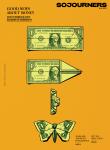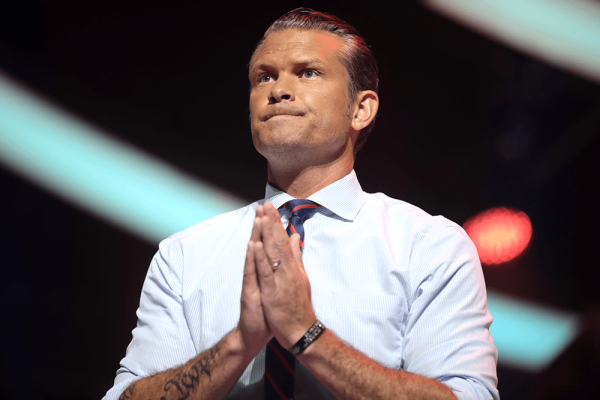HAVE YOU EVER heard a sermon on Dinah? Have you read many commentaries on Hegai? In The Hero and the Whore: Reclaiming Healing and Liberation Through Stories of Sexual Exploitation in the Bible, Camille Hernandez, a trauma-informed educator and minister, interprets the narrative of these lesser-known biblical characters. She also reinterprets the stories of well-known figures — such as Eve, Rahab, and Potiphar’s wife — through the lens of sexual exploitation. For too long, stories of women in the Bible have been interpreted in religious cultures rooted in racism, sexism, homophobia, and transphobia. As a result, many Christians have stripped these characters of their agency and voice, demonized them, and sometimes ignored them altogether.
Hernandez provides language to reclaim our own narratives and process our own trauma. She encourages imagining a future where all people are safe and protected from sexual violence and other forms of oppression — both in the church and in society at large.
Hernandez also draws on her own experiences as a multiracial, poor, first-generation, cisgender, heterosexual, female survivor of violence. She is a kapwa womanist. Kapwa refers to a critical Filipino pedagogy that is “the praxis of individuals and communities coming together to pursue collective healing.” And her womanist perspective centers the “lived experiences of Black women.” Additionally, Hernandez interprets these texts through an abolitionist lens, as one committed to “rebuilding a new society that centers restoration, accountability, equity, and human flourishing.”
Each chapter begins with scripture and an original poem on the chapter’s themes. On Hegai and Vashti in the Book of Esther, Hernandez queers the story of a Jewish woman who becomes queen of Persia and prevents the genocide of her people. She focuses on Hegai, the eunuch who serves King Ahasuerus, to expand our thinking beyond the gender binary. Hernandez proclaims that Hegai is both a person with a disability and a survivor of genital mutilation, which situates him outside of the gender binary. Yet, as Hernandez explains, it is Hegai who chooses Esther as a potential queen to replace the deposed Queen Vashti, and thus plays a significant role in “the movement of liberating Jewish people.”
For people with marginalized identities and those who have experienced various forms of violence and oppression, The Hero and the Whore is an invitation into a process of healing and liberation as we reconnect with God, our bodies, and those in our community. For those who have perpetrated violence, even unintentionally and sometimes unconsciously, this book is an invitation to evaluate the ways that our beliefs, actions, and silence have contributed to harm. Wherever we may find ourselves, The Hero and the Whore offers hope for redemption. We can redeem our time. We can redeem our stories. We can be healed. We can be free.

Got something to say about what you're reading? We value your feedback!






